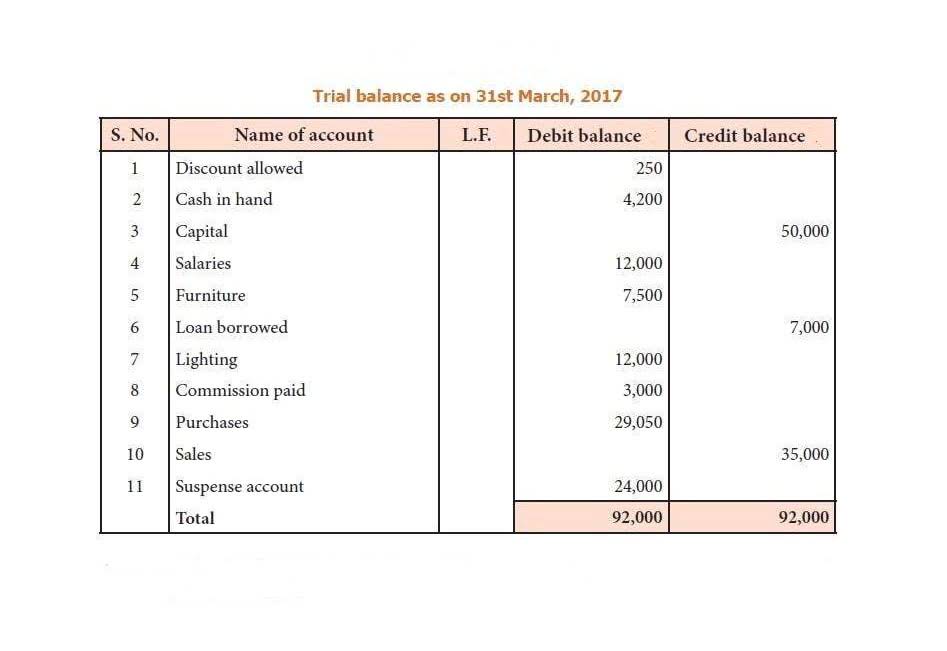
For sole traders and partnerships, the corresponding concepts are the owner’s equity and partners’ equity. The simplest and quickest method of calculating stockholders’ equity is by using the basic accounting equation. These earnings, reported as part of the income statement, accumulate and grow larger over time. At some point, accumulated retained earnings https://www.bookstime.com/ may exceed the amount of contributed equity capital and can eventually grow to be the main source of stockholders’ equity. Retained earnings are a company’s net income from operations and other business activities retained by the company as additional equity capital. They represent returns on total stockholders’ equity reinvested back into the company.
What is your current financial priority?

A company’s equity, which is also referred to as shareholders’ equity, is used in fundamental analysis to determine its net worth. This equity represents the net value of a company, or the amount of money left over for shareholders if all assets were liquidated and all debts repaid. When calculating the shareholders’ equity, all the information needed is available on the balance sheet – on the assets and liabilities side. The total assets value is calculated by finding the sum of the current and non-current assets.
Ask a Financial Professional Any Question
- The stockholder’s equity is available as a line item in the balance sheet of a company or a firm.
- But an important distinction is that the decline in equity value occurs due to the “book value of equity”, rather than the market value.
- On the other hand, if a company is significantly overextended with loans and other debts that’s a sign that it may be in trouble.
- But if it’s negative, that means its debt and debt-like obligations outnumber its assets.
- Equity held by shareholders, however, is not the only measure of a company’s financial stability.
- In other words, the liabilities and stockholders’ equity « balance out » the assets — which is why it’s called a balance sheet.
In all of the examples we’ve discussed in this article, the basis of calculating that equity was rooted in this accounting equation. A Statement of Stockholders’ Equity is a required financial document issued by a company as part of its balance sheet that reports changes in the value of stockholders’ equity in a company during a year. The statement provides shareholders with a summary view of how the company is doing. It’s also used by outside parties such as lenders who want to know if the company is maintaining minimum equity levels and meeting its debt obligations. Below that, current liabilities ($61,000) are added to long-term liabilities ($420,000) in reaching a total liabilities number of $481,000.
Which of these is most important for your financial advisor to have?
Companies that buy back stock on the open market typically use the shares for treasury purposes, which exempt them from counting toward the total number of shares outstanding. Total equity (book value) might be equivalent to total shareholder equity on a company’s balance sheet if you look at it from the standpoint of book value. It is also utilized by third parties like lenders who want to know if the business is performing its debt obligations and maintaining minimum equity levels. At that time, XYZ Ltd. had $7 billion in total shareholders’ equity (or assets minus liabilities). While long-term assets are less liquid, retained by the company for at least a year, or cannot be converted to cash within a year, current assets are liquid and can be converted to cash within the year. Dividend distributions are deducted after adding the beginning retained earnings balance to the net income or loss to determine retained earnings.
Stockholders’ Equity vs. Market Value

The Motley Fool reaches millions of people every month through our premium investing solutions, free guidance and market analysis on Fool.com, top-rated podcasts, and non-profit The Motley Fool Foundation. We do not manage client funds or hold custody of assets, we help users connect with relevant financial advisors. SmartAsset Advisors, LLC (« SmartAsset »), a wholly owned subsidiary of Financial Insight Technology, is registered with the U.S. 11 Financial may only transact business in those states in which it is registered, or qualifies for an exemption or exclusion from registration requirements. 11 Financial’s website is limited to the dissemination of general information pertaining to its advisory services, together with access to additional investment-related information, publications, and links.

However, it’s important to note that stockholders’ equity, based on a company’s accounting records, may not reflect its true market value. Factors like supply and demand, earnings, growth, competition, innovation, reputation and expectations determine a company’s market value. A higher market value than book value suggests investors have high expectations for the company’s future, while a lower market value implies the opposite. Therefore, debt holders are not very interested in the value of equity beyond the general amount of equity to determine overall solvency. Shareholders, however, are concerned with both liabilities and equity accounts because stockholders equity can only be paid after bondholders have been paid. On the other hand, if a company is significantly overextended with loans and other debts that’s a sign that it may be in trouble.
Return on Stockholders’ Equity
Shareholders’ equity is, therefore, essentially the net worth of a corporation. If the company were to liquidate, shareholders’ equity is the amount of money that would theoretically be received by its shareholders. Return on stockholders’ equity, also referred to as Return on Equity (ROE), is a key metric of company profitability in relation to stockholders’ equity. Investors look to a company’s ROE to determine how profitably it is employing its equity. ROE is calculated by dividing a company’s net income by its shareholders’ equity.
How Do Stock Buybacks Impact Shareholders Equity?
- Next, the “Retained Earnings” are the accumulated net profits (i.e. the “bottom line”) that the company holds onto as opposed to paying dividends to shareholders.
- There is no such formula for a nonprofit entity, since it has no shareholders.
- This is usually one of the last steps in forecasting the balance sheet items.
- If a company does not have enough cash flow or assets to cover their liabilities, they are in what is known as « negative equity. »
- On the other hand, liabilities are the total of current liabilities (short-term liabilities) and long-term liabilities.
This measure excludes Treasury shares, which are stock shares owned by the company itself. Since repurchased shares can no longer trade in the markets, treasury stock must be deducted from shareholders’ equity. If we rearrange the balance sheet equation, how to calculate stockholders equity we’re left with the shareholders’ equity formula. Shareholders Equity is the difference between a company’s assets and liabilities, and represents the remaining value if all assets were liquidated and outstanding debt obligations were settled.
